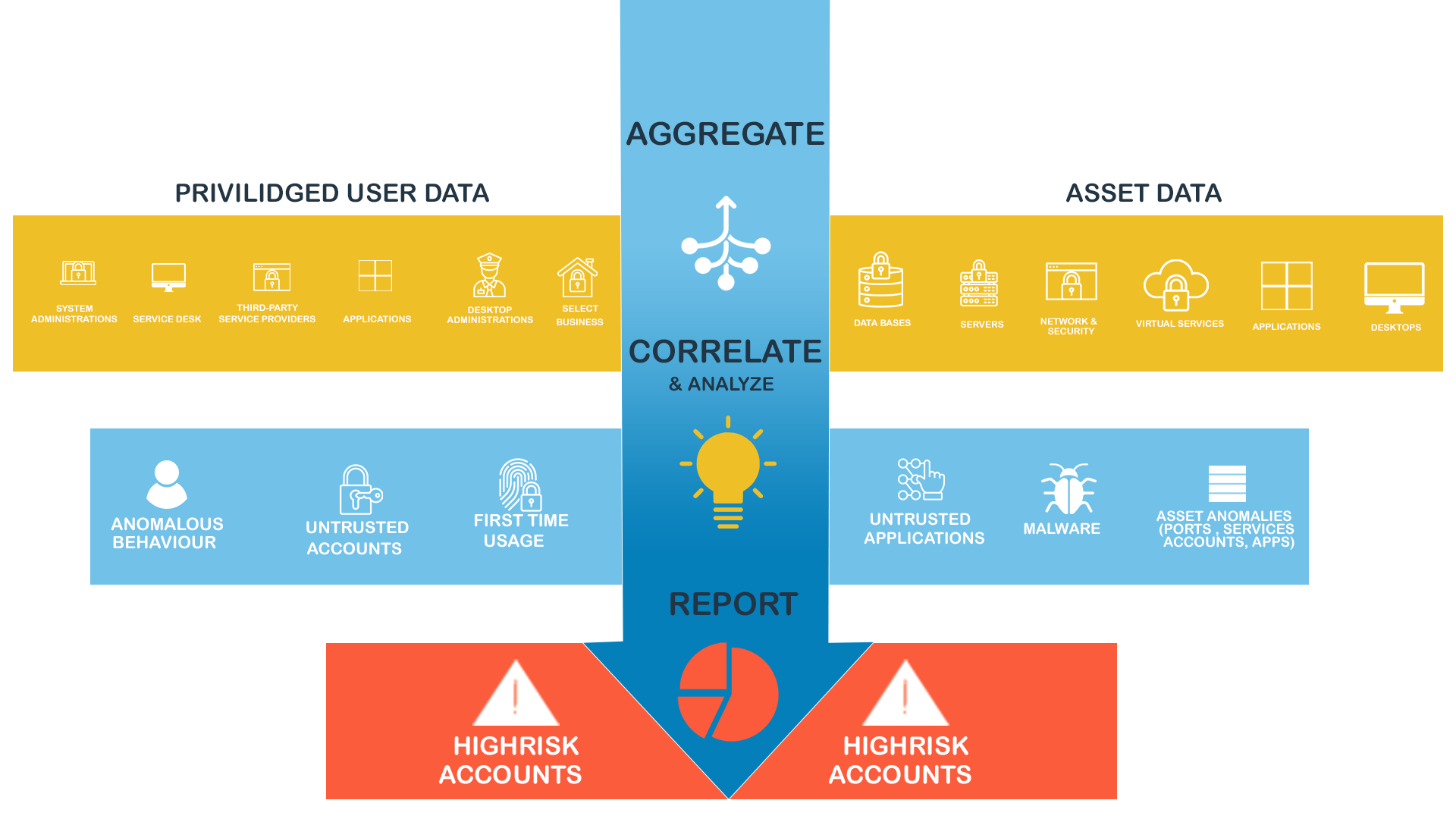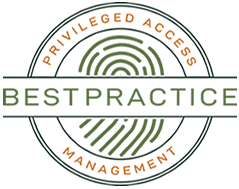
Mastering the Maze: The Crucial Role of Privileged Access Management in Navigating Global Cybersecurity and Compliance Standards.
Embark on a fascinating journey through the intricate world of Privileged Access Management (PAM), where the confluence of cutting-edge cybersecurity practices meets the stringent requirements of global compliance standards. This dynamic realm is not just about securing critical digital assets but also ensuring that organizations navigate the complex regulatory landscapes adeptly. For those with a passion for cybersecurity and a keen interest in the legal and ethical aspects of the digital domain, a career in PAM offers a thrilling challenge that spans across continents and industries.
Delve into the heart of the General Data Protection Regulation (GDPR) and discover how PAM strategies are pivotal in ensuring the privacy and protection of personal data across the European Union. This regulation has set the global standard for data protection, and understanding its implications for access management is crucial for any cybersecurity professional aiming to work on an international scale.
Journey through the requirements of the United Arab Emirates’ National Electronic Security Authority (UAE NESA), which underscores the critical importance of protecting national infrastructure against cyber threats. Here, PAM plays a key role in adhering to national security standards, offering unique insights into the cybersecurity challenges faced by nation-states.
Explore the intricacies of the Sarbanes-Oxley Act (SOX) in the United States, where PAM is essential for ensuring the integrity of financial information. This exploration offers a glimpse into the synergy between cybersecurity and corporate governance, highlighting the vital role of access management in maintaining trust in the financial markets.
Dive into the Payment Card Industry Data Security Standard (PCI DSS), where securing privileged access is paramount in protecting sensitive cardholder data. This standard offers a window into the specialized world of financial cybersecurity, where every transaction relies on robust access controls to guard against fraud and breaches.
Navigate the principles of the National Institute of Standards and Technology's Cybersecurity Framework (NIST CSF) and understand how PAM strategies align with its goals to protect and secure critical infrastructure. The NIST framework offers a comprehensive approach to managing cybersecurity risk, providing a broad perspective on the role of privileged access in national security.
Lastly, immerse yourself in the guidelines of the Centre for Internet Security (CIS), where PAM is integral to implementing the CIS Controls for effective cyber defense. This exploration highlights the collaborative efforts required to secure the internet ecosystem, emphasizing the importance of community-driven standards in shaping cybersecurity practices.
For those drawn to the complexities of cybersecurity and regulatory compliance, working in the PAM space provides an unparalleled opportunity to make a significant impact. It's a field that not only demands technical excellence but also a deep understanding of the global standards that shape our digital world. As organizations strive to meet these standards, professionals in the PAM space are the unsung heroes, ensuring that the digital gates are well-guarded against an ever-evolving threat landscape while navigating the maze of compliance.
Types of privileged accounts within a typical organisation:
Root Accounts
Administrator Accounts
Cloud Infrastructure Accounts
Shared Accounts
SSH Keys
Hard Coded Accounts
Backup Accounts
Local Accounts
Service Accounts
Network Device Accounts
Named Privileged Accounts
The collapse of Barings Bank in 1995.
The collapse of Barings Bank serves as a cautionary tale about the importance of robust IT systems and proper oversight and controls. The failure of the bank's IT systems made it easier for a rogue trader to cover up losses and ultimately led to the bank's demise.
What is privileged access management?
The practice of controlling and monitoring the use of privileged access.
Privileged access management (PAM) is the practice of controlling and monitoring the use of privileged access (i.e., administrative or superuser access) within an organisation.
This typically involves the use of security measures and controls to ensure that only authorized users are granted access to privileged accounts and functions, and that the use of such privileges is monitored and audited.
Privileged access management is important because it helps to protect against unauthorised access to sensitive systems and data, and to ensure that only authorised users are able to perform certain actions that could have a significant impact on the organization.
Some common components of Privileged access management include privileged account password management, least privilege principles, access control, and auditing and reporting.

